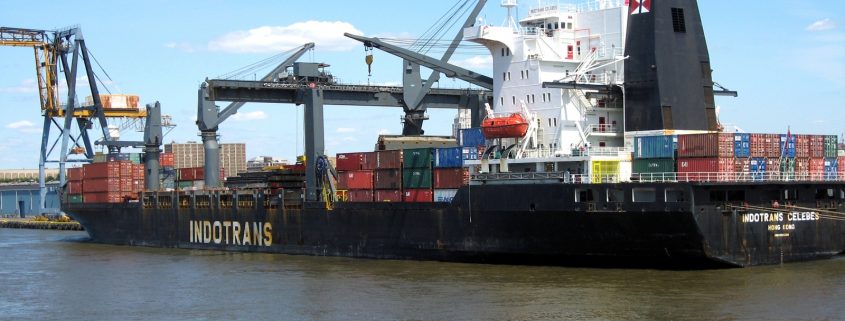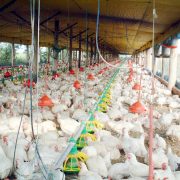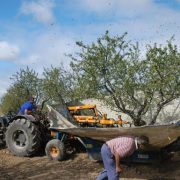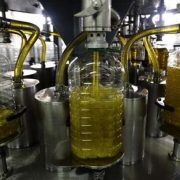Latin America and EU: Construction of regional strategies can strengthen the competitiveness of agriculture in international markets
An analysis prepared by experts of IICA discusses the implications of the latest reform of the agricultural policy of the European Union in Latin America and the Caribbean. The reforms to the agricultural policy of the EU can increase competition for LAC in local and international markets.
An innovative and inter-American vision, based on the strengthening of the institutions linked to the agricultural sector and national and regional policies can be the key to Latin America and the Caribbean (LAC) face the challenges of the new reform Common Agricultural Policy (CAP-EU), adopted in 2013.Aunque this reform continues the traditional European policy, also includes new mechanisms to promote food production, sustainable management of natural resources and inclusive development of rural areas, which could impact agriculture around the world, according to the degree of dependence and the relationship that exists between the EU and other países. This conclusion it follows from latest technical analysis prepared by an expert group of the Institute Inter-American Cooperation on Agriculture (IICA), among which its Director General, Victor M. Villalobos.
“The new vision for agriculture must be built from a recognition of the comparative and competitive advantages of the region, we have an innovative vision, medium and long term, not just to implement compensatory measures to specific events such as this only provides temporary relief, “said Villalobos. According to the document, amendments to this policy may increase competition for LAC in local and international markets and expand productivity gaps in the countries of the region towards the EU. “In addition, deepening measures integrated management of natural resources and mitigation of climate change, could also result in production standards with stricter environmental requirements that impede access of agricultural products in the European markets, “said IICA representative in the United States and manager of the Center Strategic Agriculture Institute (CAESPA) Analysis, Miguel García.
The reforms to the CAP can cause different impacts between producers and consumers. For example, in countries where agriculture produces the same foods that are imported from the EU and those in which further has high food dependency of this region, you will experience an increase in competition, which would reduce revenues local producers.According to Villalobos, to reduce the potential impacts of this policy, the efforts of developing countries should focus on five key areas:
• Development and strengthening of policies that facilitate producers making decisions based on market information
• Elimination of the development gap between rural and urban areas
• Strengthening agricultural innovation systems
• Tightening of trade relations between LAC and the EU
• Development of an inter-American agenda that emphasizes attention on the interests of the inhabitants of ALC
Despite the remaining tasks, in LAC there are experiences that focus on building a more productive agriculture, improve living conditions in the field, reducing the impact of agriculture on the environment and manages to adapt to the climatic conditions affecting the region.
Besides Villalobos and Garcia, in developing the analysis specialist participated CAESPA and Technical Cooperation of IICA; as well as the representation of the Institute in the United States and Spain.
A key partner
Agricultural trade relations between the two regions have shown steady growth in recent years. “During the period 2011-2013, the EU was the second destination of LAC agricultural exports and food imports from European soil grew at an average annual rate of 7.8%, outpacing the growth of the main trading partners in the region, “he said the specialist in quantitative and sector analysis IICA and coauthor of the paper, Hugo Chavarria.
Moreover, he added, when intra-regional trade within the EU is excluded, ALC is one of the main sources of food for Europe, it covers 9% of the total agri-food imports in the period 2011-2013.
The EU and LAC are important in world agricultural trade and investment actors. Europe accounts for 37% and 36% of exports and agricultural imports at world level, respectively. Meanwhile, ALC participates with 14% and 5%, with an average annual increase of 1.9% (during 2011-2013).
Source: IICA














